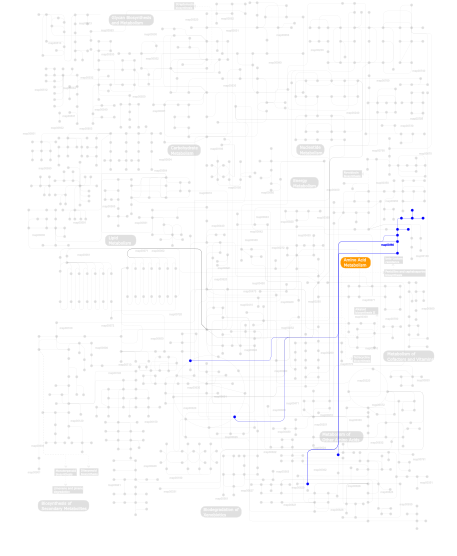The domain within your query sequence starts at position 272 and ends at position 290; the E-value for the ZnF_NFX domain shown below is 2.83e-3.
CGHKCLLLCHPGPCPPCPK
ZnF_NFX |
|---|
| SMART accession number: | SM00438 |
|---|---|
| Description: | Repressor of transcription |
| Interpro abstract (IPR000967): | Zinc finger (Znf) domains are relatively small protein motifs which contain multiple finger-like protrusions that make tandem contacts with their target molecule. Some of these domains bind zinc, but many do not; instead binding other metals such as iron, or no metal at all. For example, some family members form salt bridges to stabilise the finger-like folds. They were first identified as a DNA-binding motif in transcription factor TFIIIA from Xenopus laevis (African clawed frog), however they are now recognised to bind DNA, RNA, protein and/or lipid substrates [ (PUBMED:10529348) (PUBMED:15963892) (PUBMED:15718139) (PUBMED:17210253) (PUBMED:12665246) ]. Their binding properties depend on the amino acid sequence of the finger domains and of the linker between fingers, as well as on the higher-order structures and the number of fingers. Znf domains are often found in clusters, where fingers can have different binding specificities. There are many superfamilies of Znf motifs, varying in both sequence and structure. They display considerable versatility in binding modes, even between members of the same class (e.g. some bind DNA, others protein), suggesting that Znf motifs are stable scaffolds that have evolved specialised functions. For example, Znf-containing proteins function in gene transcription, translation, mRNA trafficking, cytoskeleton organisation, epithelial development, cell adhesion, protein folding, chromatin remodelling and zinc sensing, to name but a few [ (PUBMED:11179890) ]. Zinc-binding motifs are stable structures, and they rarely undergo conformational changes upon binding their target. This entry represents a domain presumed to be a zinc binding domain. The following pattern describes the zinc finger:
where X can be any amino acid, and numbers in brackets indicate the number of residues. The two position can be either His or Cys. This domain is found in the human transcriptional repressor NK-X1, a repressor of HLA-DRA transcription; the Drosophila shuttle craft protein, which plays an essential role during the late stages of embryonic neurogenesis; and a yeast hypothetical protein YNL023C. |
| GO process: | regulation of transcription, DNA-templated (GO:0006355) |
| GO component: | nucleus (GO:0005634) |
| GO function: | DNA-binding transcription factor activity (GO:0003700), zinc ion binding (GO:0008270) |
| Family alignment: |
There are 23037 ZnF_NFX domains in 2722 proteins in SMART's nrdb database.
Click on the following links for more information.
- Evolution (species in which this domain is found)
- Literature (relevant references for this domain)
- Metabolism (metabolic pathways involving proteins which contain this domain)
- Links (links to other resources describing this domain)



